
Published: Last Updated:
Readtime: 5 min
Every product is carefully selected by our editors and experts. If you buy from a link, we may earn a commission. Learn more. For more information on how we test products, click here.
It’s been quite some time since movie vampires were genuinely scary. While last year’s The Last Voyage of the Demeter tried valiantly to restore some of Dracula’s bite, and the recent Abigail—a film in which a kidnapped girl turns out to be a maniacal bloodsucker—had a fun sense of danger, for the most part, vampires have remained de-fanged in the wake of the atrocious Twilight franchise, despite that insipid series having wrapped 12 years ago.
As such, the field is wide open for someone to reinvigorate this particular breed of cinematic horror nasty. Enter writer and director Robert Eggers, the generational talent responsible for The Witch, The Lighthouse, and The Northman, who has delivered a stubbornly traditional yet utterly mesmerising take on a classic vampire tale with Nosferatu.
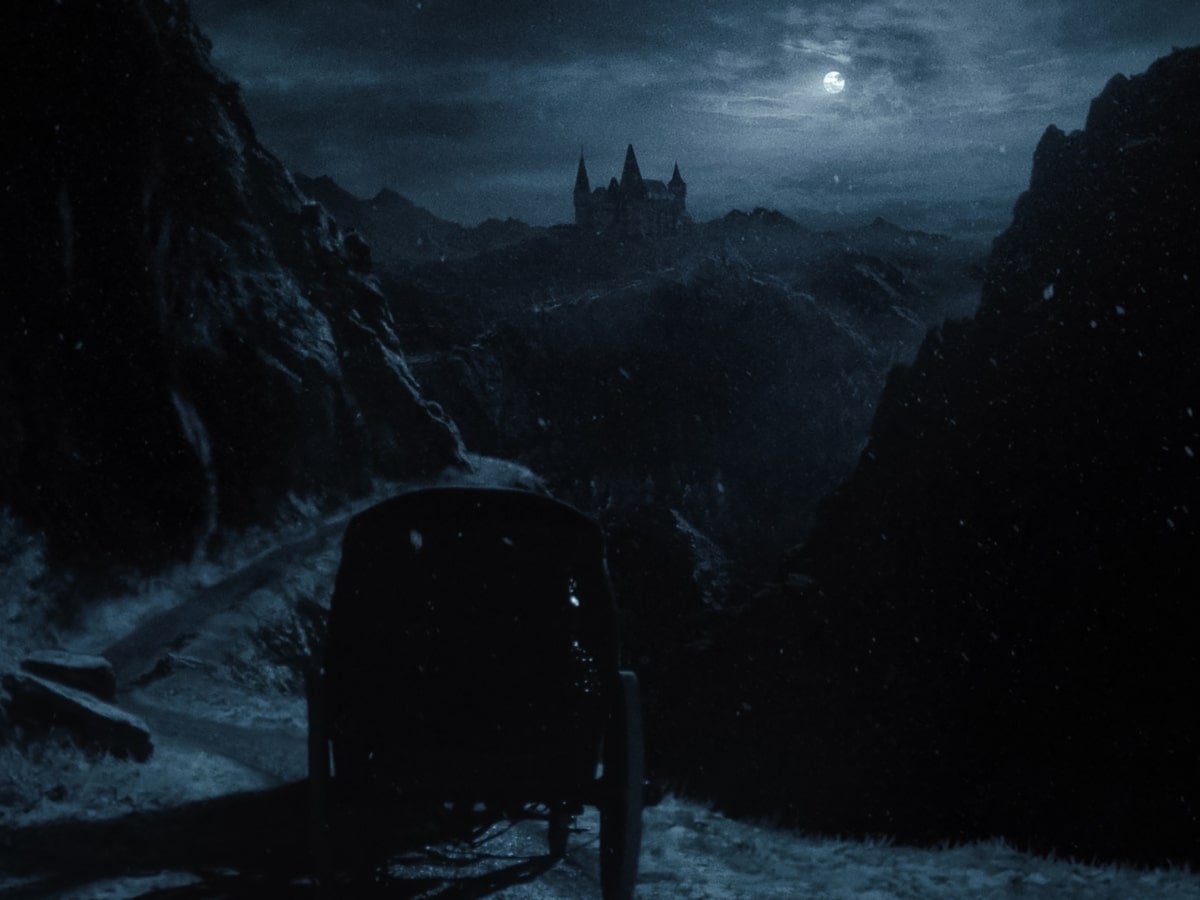
A Short History
The character of Nosferatu is a curious figure in the vampire pantheon. Those familiar with Francis Ford Coppola’s excellent 1992 adaptation of Bram Stoker’s Dracula may find themselves puzzled by the obvious parallels between these two vampiric villains, as well as many of their supporting characters, locations, and plot points.
The thing is, Nosferatu started as an off-brand take on the world’s most famous vampire; an Aldi Dracula. In 1922, the first Nosferatu film appeared as an unauthorised and unofficial adaptation of Stoker’s 1897 Dracula novel. Directed by F. W. Murnau using a screenplay by Henrik Galeen, the silent German expressionist flick ruffled the feathers of Stoker’s heirs, who successfully sued and saw the court order all copies of the film destroyed.
Happily, a few prints survived, and the film ultimately gained a reputation as a masterpiece, proving enormously influential in the worlds of horror and cinema more broadly. Arriving over 100 years later, Eggers’ adaptation might finally see Nosferatu step out from the bat-shaped shadow of his Transylvanian cousin.
Read more: The Cinematic Seven: Vampires, Hauntings, and Bears in Hats
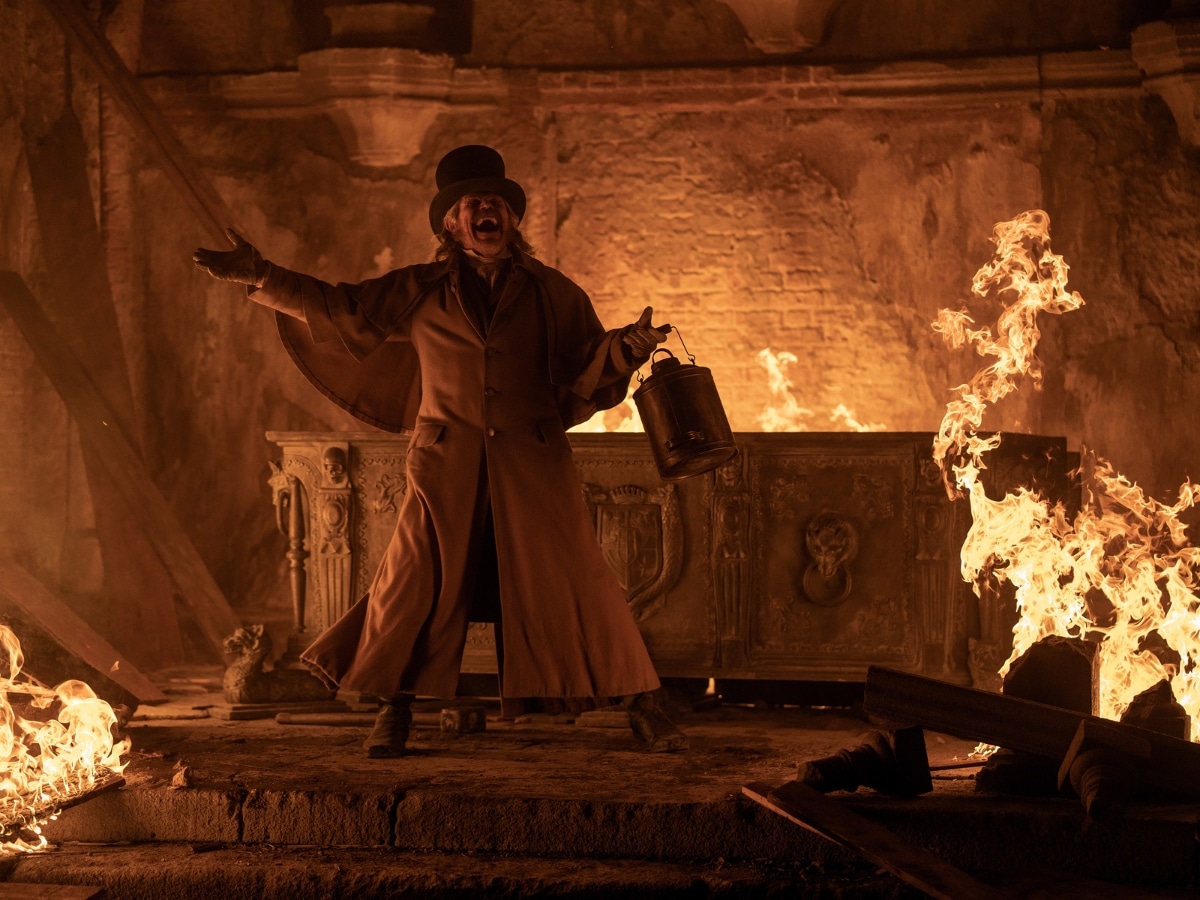
A Familiar Story, Beautifully Told
While those who know the story of Count Dracula (or Count Orlok as he’s renamed in Nosferatu) won’t find anything particularly surprising in Eggers’ new film, they will discover a classic tale handled with an enormous amount of care. You’ll struggle to encounter a more lovingly crafted film at any point this year. From the meticulous sets and clothing design to the extraordinary cinematography and gripping performances, everyone involved is operating at the top of their game.
Particular credit must go to cinematographer Jarin Blaschke, who has collaborated with Eggers on all four of the director’s films. Their partnership has clearly lost none of its potency as Nosferatu is simply gorgeous to look at. From the foreboding dark shadows of Orlok’s castle to the icy atmosphere captured within a range of grand 19th century manors, every shot within Nosferatu is a work of art that mixes beauty and horror to great effect.
Read more: INTERVIEW: How the Cast of ‘Gladiator II’ Prepared to Film the Blockbuster Sequel
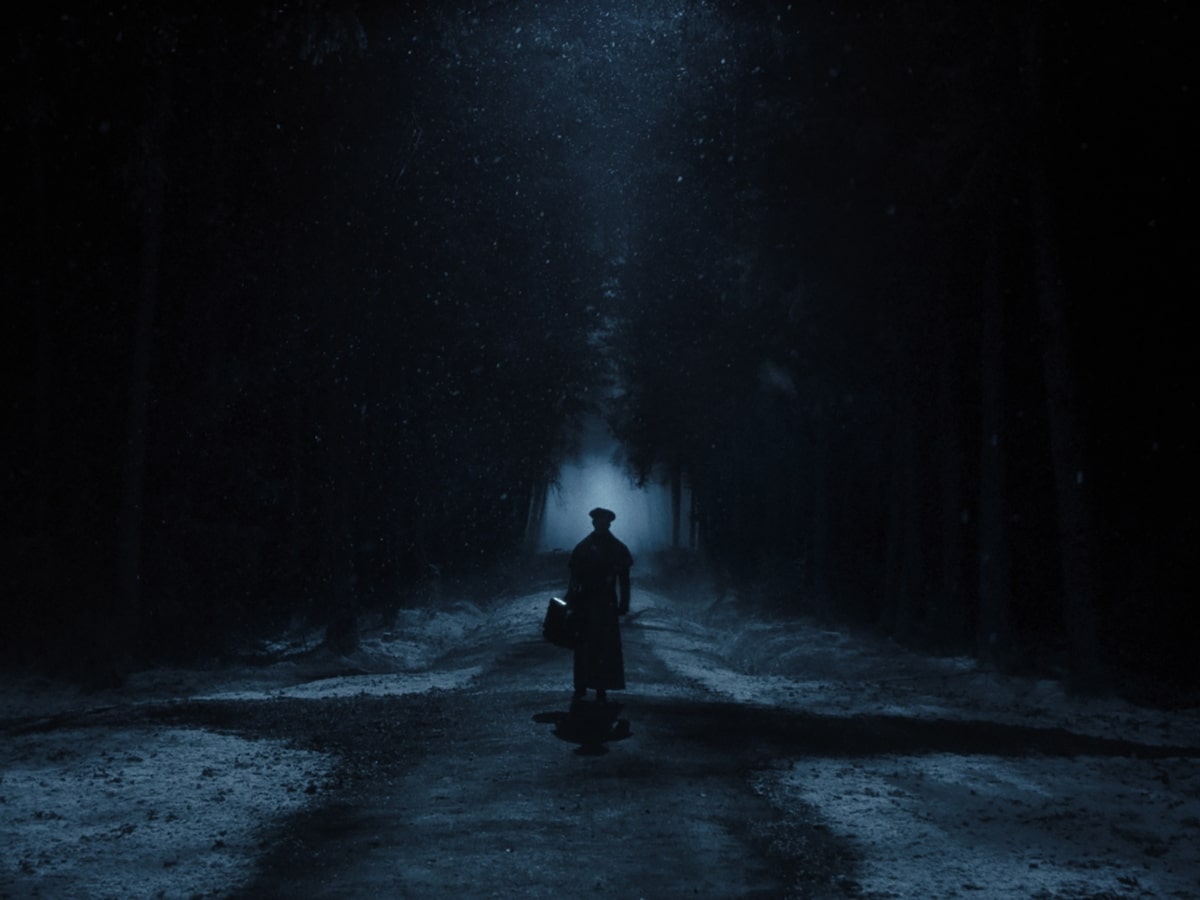
A Cast to Die For
Occupying these stunning frames is a superb cast. Led by Lily-Rose Depp as Ellen Hunter and an unrecognisable Bill Skarsgård as the titular vampire, the cast offers an embarrassment of riches, with Willem Dafoe, Nicholas Hoult, Aaron Taylor-Johnson, and Ralph Ineson all delivering the goods.
Depp is particularly impressive, with her performance requiring such a rollercoaster of emotion and physicality that it would come across as absurd in the hands of a lesser actor. From ice-cold serenity to manic breakdowns—sometimes within a single take—she deserves to be in the running when awards season rolls around. Sadly, horror has long been ignored when it comes to that kind of recognition.
We should also talk about Skarsgård, who completely disappears into the role of Count Orlok. If you had asked me to pick who’s the man behind that hypnotic voice and horrifying visage, I could never have guessed it was Pennywise the Clown. Utterly mesmerising in every way—including a visual quirk that may raise some eyebrows, but we won’t spoil it here—Skarsgård’s Orlok automatically qualifies as one of the great cinematic vampires.
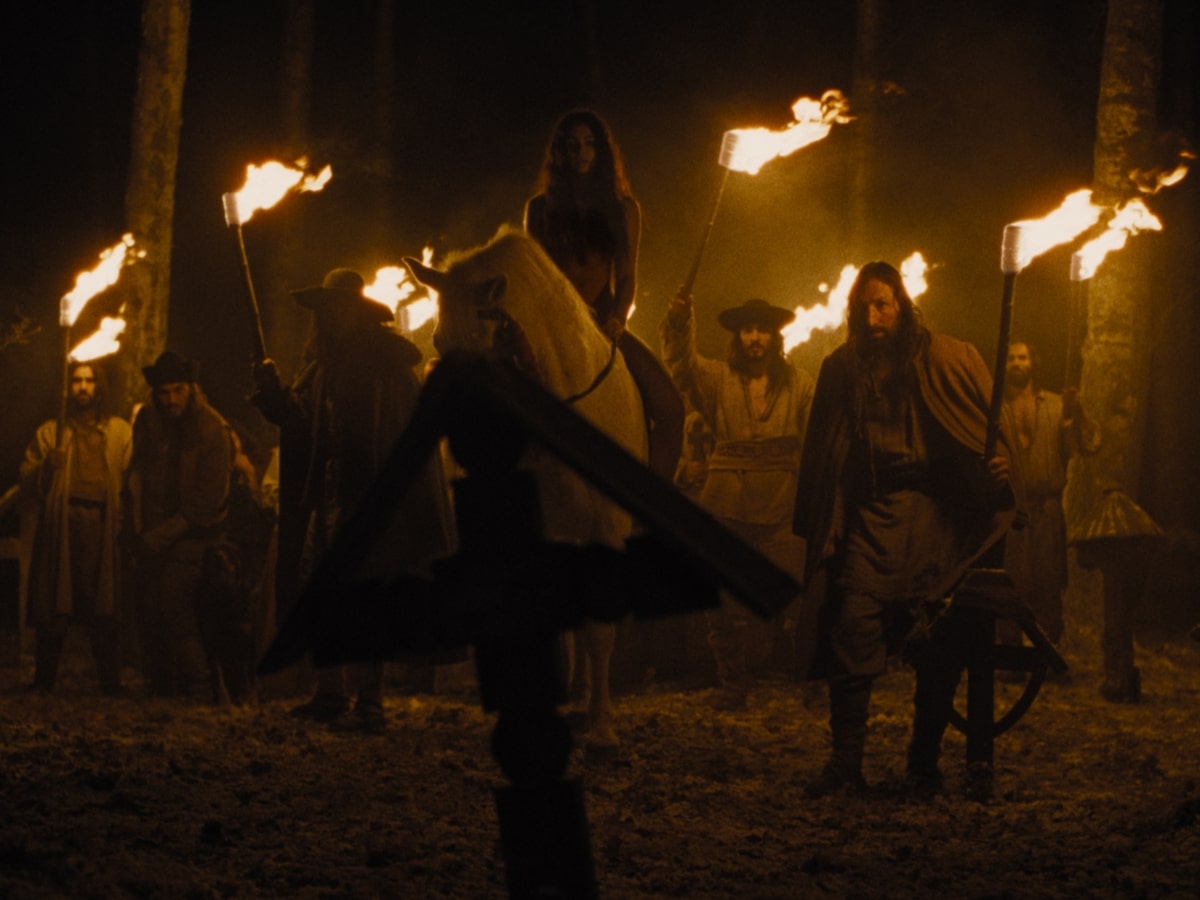
Final verdict
Nosferatu is a love letter to traditional gothic horror that sets a new bar for production design, performances, and cinematography. It’s astounding to look at, utterly engrossing, and even has wonderfully deft moments of humour that provide momentary respite from the atmosphere of creeping dread.
Guaranteed to have you on the edge of your seat throughout, even if you more or less know how this classic vampire tale plays out, Nosferatu is a film you owe it to yourself to see at the cinema. Eggers is one of the world’s best filmmakers at this point, and with Nosferatu, he’s operating at the height of his powers, delivering an undeniable vampire classic.
★★★★★
Nosferatu is produced by Focus Features, Maiden Voyage Pictures, Studio 8, Birch Hill Road Entertainment, and Bleat Post Production, and distributed by Universal Pictures. The film was released in Australia on January 1, and stars Lily-Rose Depp, Bill Skarsgård, Willem Dafoe, Nicholas Hoult, Aaron Taylor-Johnson, and Ralph Ineson. It is the fourth film from writer/director Robert Eggers, whose previous work includes The Witch (2015), The Lighthouse (2019), and The Northman (2022).
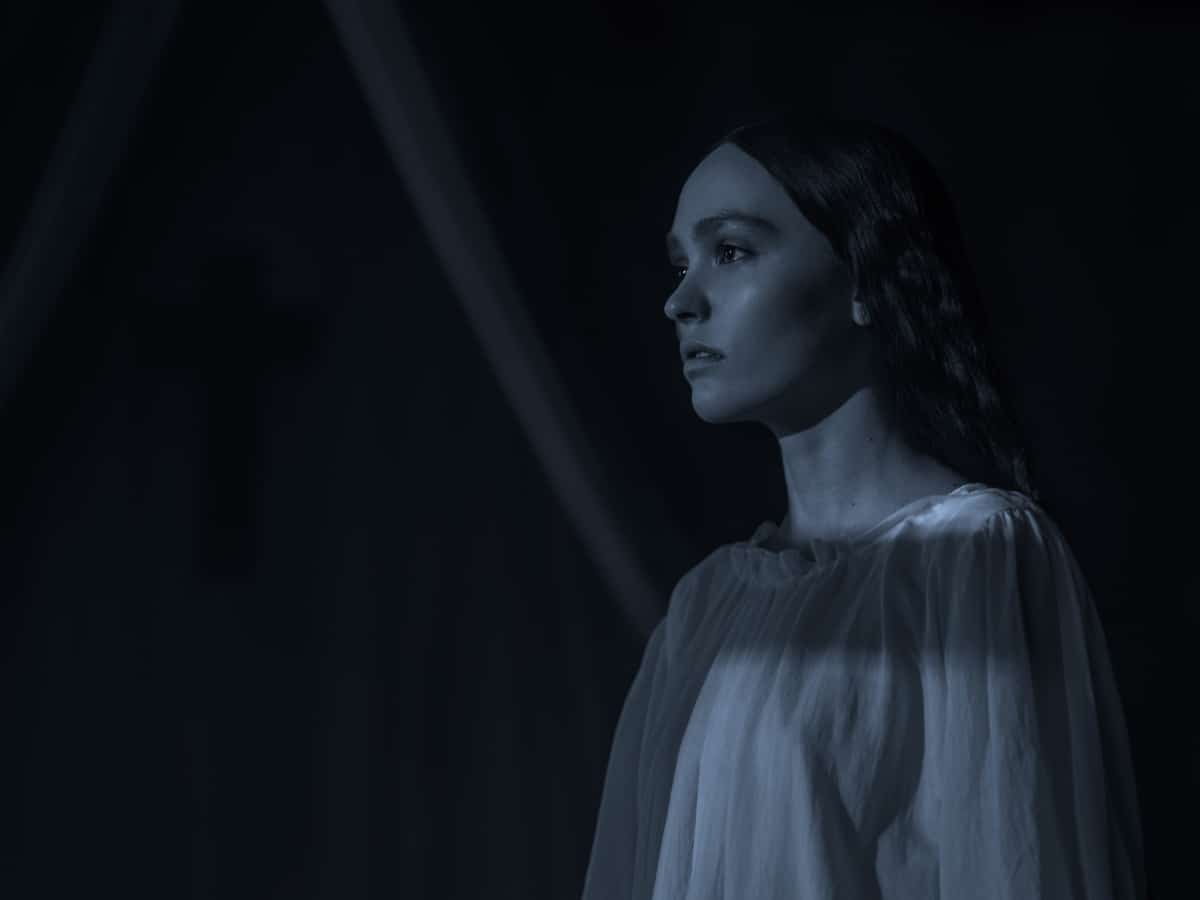



















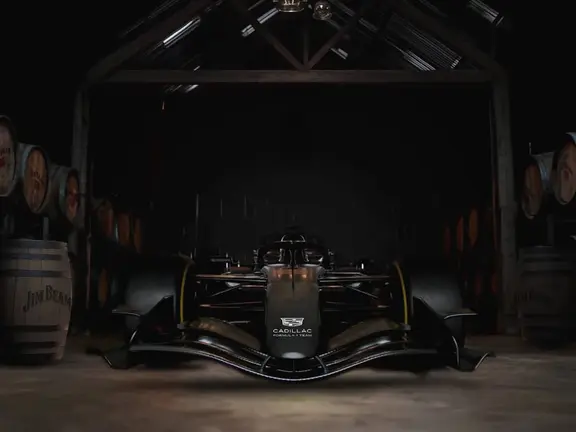
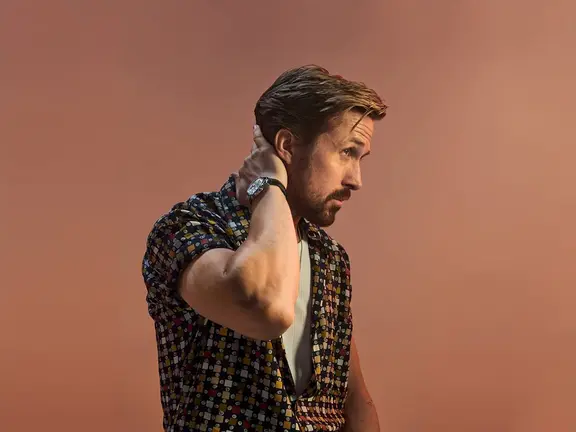








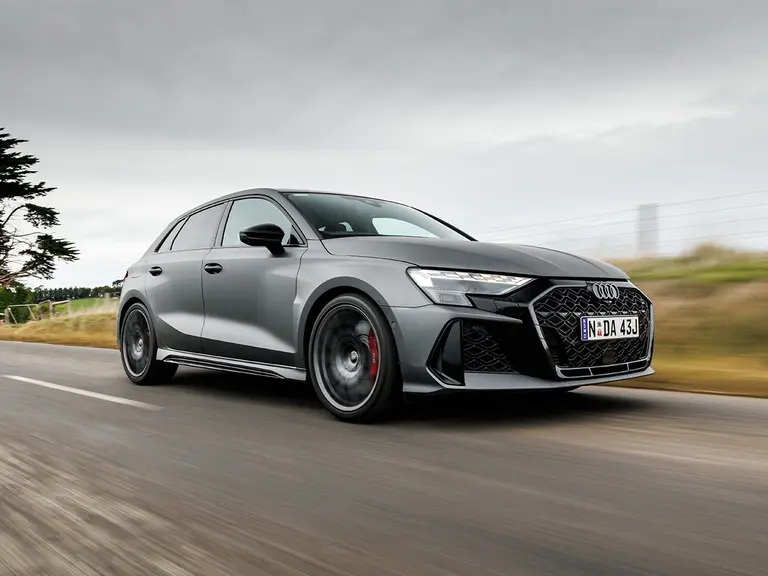




Comments
We love hearing from you. or to leave a comment.